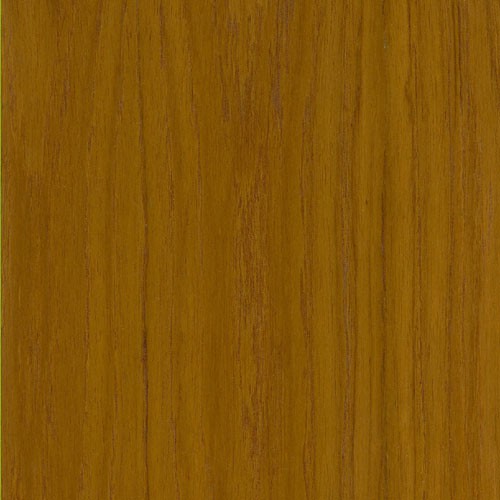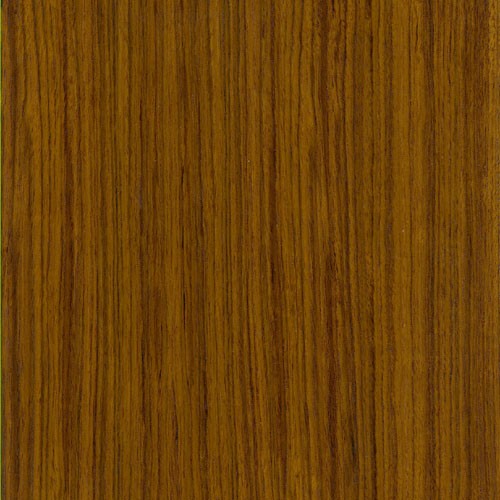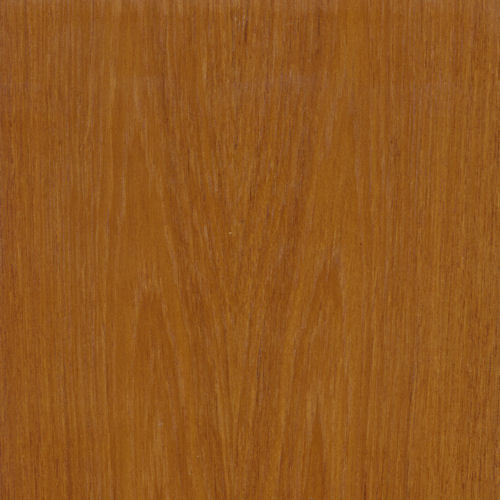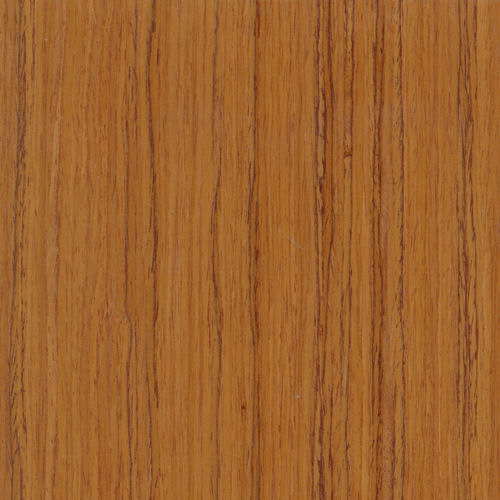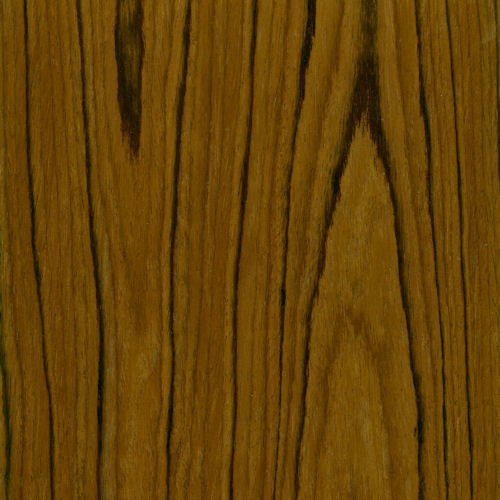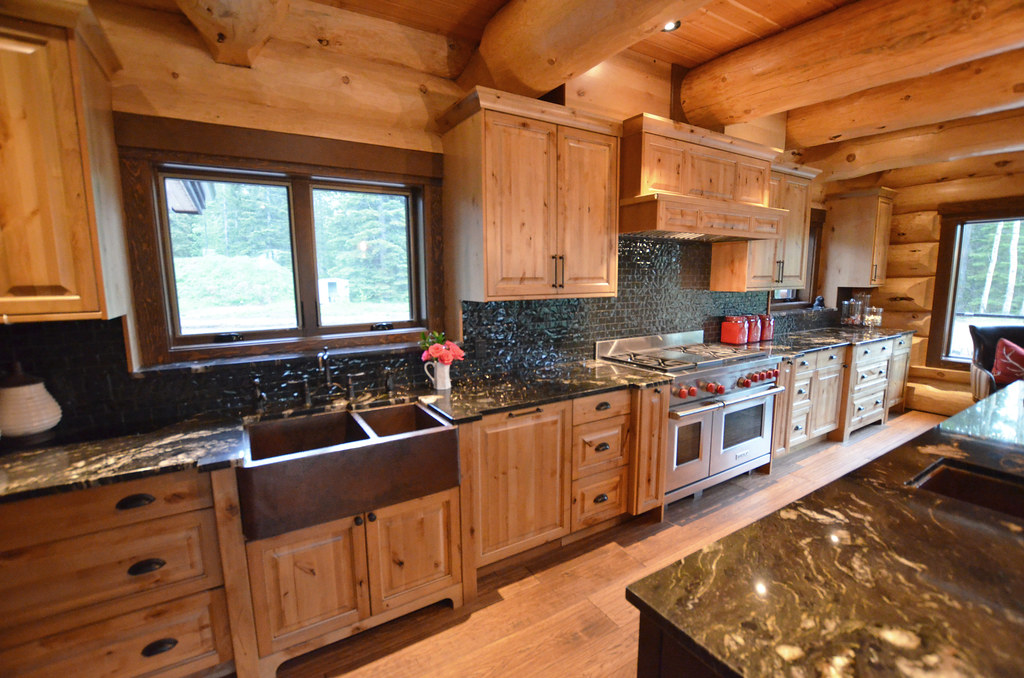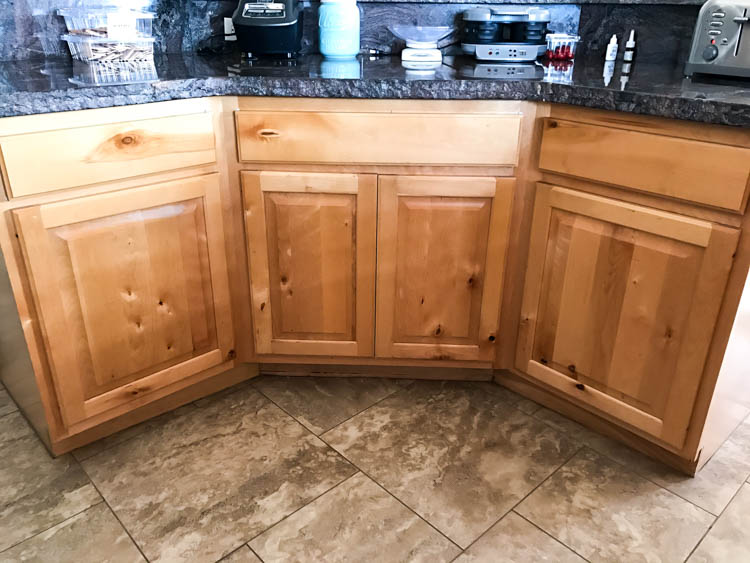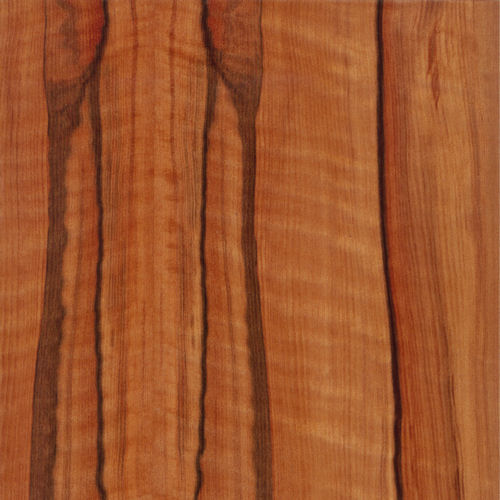Teak
[Tectona grandis]
One of the world’s most important timbers, Teak is an amazing, tropical hardwood that grows natively in South Asia and Southeast Asia — from India, Bangladesh, and Myanmar to Malaysia and Indonesia.
Capable of growing to impressive sizes, up to 130 feet tall, Teak trees can also live for epic lengths of time — 1,000 years or more. In fact, the oldest, largest Teak tree ever recorded lived for 1,500 years in Thailand, reaching a height of 150 feet.
Historically popular for boat and bridge building, Teak was a woodworking staple throughout South Asia for over 2,000 years. Then, after trade lines were established with the West, the rest of the world discovered Teak and fell in love with its long list of exceptional qualities — superb stability, strength, easy workability, outstanding resistance to decay and rot, and ability to withstand natural elements.
And then, of course, Teak is breathtakingly beautiful.
Everyone loves Teak for every reason imaginable. So, unsurprisingly, the tremendous demand for it led to decades of aggressive commercial exploitation and reckless extraction. Fortunately, prudence prevailed, and today much of the world’s commercially harvested supply is grown on sustainable Teak plantations in Indonesia, India, and throughout the seasonally dry tropics around the world, where Teak has been naturalized — from Africa and the Caribbean to Latin America and South America. In fact, the Forest Stewardship Council now offers certification of sustainably grown and harvested Teak products.
Based on the recent attention and care the species has received, and projecting worldwide trends – rest assured – there’s little to no chance that Teak’s popularity will be surpassed, or its supply threatened.
It’s also heartening to know that the remaining old-growth Teak forests are just as well managed today — with nearly half of the world’s naturally occurring supply growing in Myanmar’s natural Teak forests. Formerly known as Burma, Myanmar’s Teak is often called “Burmese Teak,” a name used to distinguish the naturally grown trees from plantation grown Teak.
Whether you’re a woodworker or not, your love affair with Teak will start the moment they see the wood — it’s that gorgeous. The heartwood ranges from a majestic golden or medium brown to a rich, dark brown color. And while Teak’s grain is usually straight, it can occasionally be wavy or interlocked. The wood features a coarse, uneven texture, and moderate to low, natural luster.
The bottom line is that Teak always lands near the top of everyone’s list — for almost any project. Especially those calling for wood veneer sheets, custom plywood, boatbuilding, indoor and outdoor furniture, counter tops, cutting boards, turnings, carvings, and small specialty items.
Species Distribution:
South Asia
Southeast Asia
India
Sri Lanka
Bangladesh
Myanmar
Thailand
Malaysia
Indonesia
Africa
Latin America
Caribbean
Common / Alternative Names:
Burmese Teak
Janka Hardness:
1,070 lbf
Sustainability Status:
CITES Appendices: Not listed
IUCN Red List of Threatened Species: Not listed


